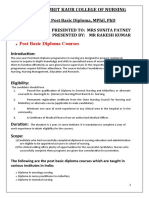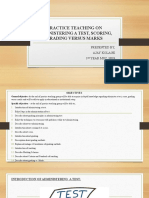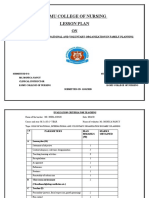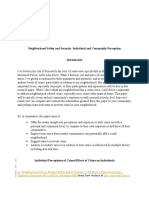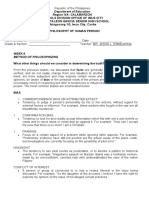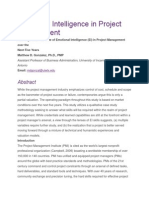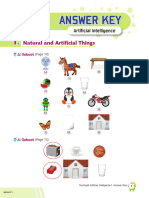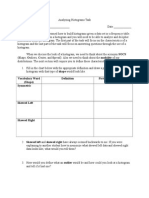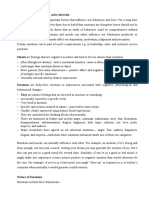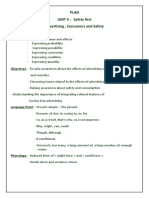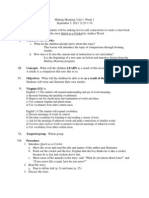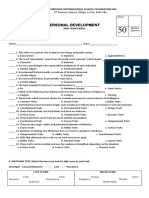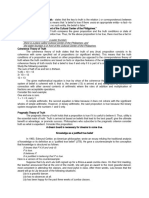86% found this document useful (7 votes)
5K views16 pagesSummated Scale: By-Neha Singh M.Sc. (N) 1 Year
The document discusses summated scales, which are developed using item analysis to select statements that best discriminate between those with high and low total scores on an instrument. Summated scales consist of statements expressing attitudes that respondents rate on a scale, and the total scores are used to evaluate which statements correlate most strongly with favorable or unfavorable attitudes. Advantages of summated scales include that they are relatively easy to construct, provide more reliable data, and allow empirical testing of statements' ability to discriminate attitudes.
Uploaded by
Neha SinghCopyright
© © All Rights Reserved
We take content rights seriously. If you suspect this is your content, claim it here.
Available Formats
Download as PPTX, PDF, TXT or read online on Scribd
86% found this document useful (7 votes)
5K views16 pagesSummated Scale: By-Neha Singh M.Sc. (N) 1 Year
The document discusses summated scales, which are developed using item analysis to select statements that best discriminate between those with high and low total scores on an instrument. Summated scales consist of statements expressing attitudes that respondents rate on a scale, and the total scores are used to evaluate which statements correlate most strongly with favorable or unfavorable attitudes. Advantages of summated scales include that they are relatively easy to construct, provide more reliable data, and allow empirical testing of statements' ability to discriminate attitudes.
Uploaded by
Neha SinghCopyright
© © All Rights Reserved
We take content rights seriously. If you suspect this is your content, claim it here.
Available Formats
Download as PPTX, PDF, TXT or read online on Scribd
/ 16







































